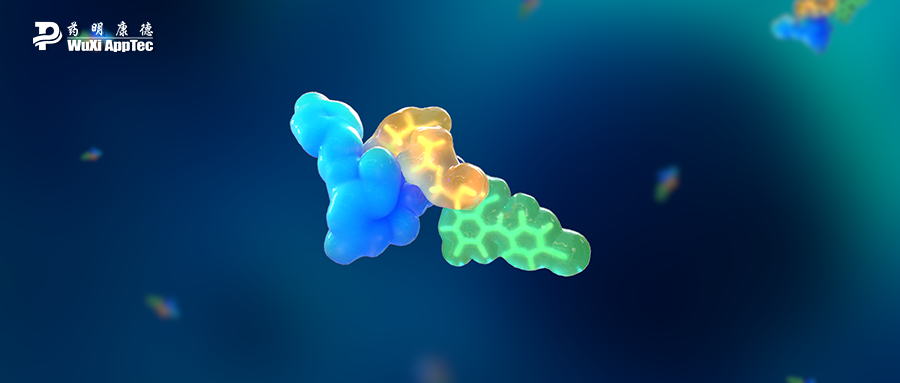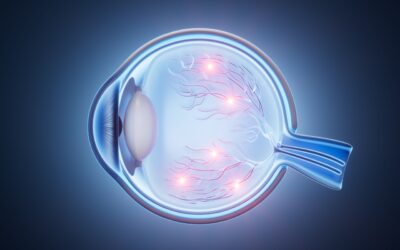Introduction to Peptide-Drug Conjugates (PDCs)
Peptide-drug conjugates (PDCs) are designed to enhance tumor penetration and improve selectivity, creating a highly targeted approach to cancer treatment. This emerging class of targeted therapies combines a therapeutic payload with a peptide through a linker. Structurally, PDCs consist of three main components: the peptide, the linker, and the cytotoxic drug payload.
PDCs offer quite a few advantages over non-targeted chemotherapy agents. They significantly improve drug accumulation in tumor tissues, extending blood circulation time, increasing the maximum tolerated dose, and reducing systemic toxicity. Thanks to the ability of peptides to specifically target tumor cells, healthy tissues remain unharmed, minimizing side effects. Peptides are also more effective in clinical use because they can enhance the solubility and permeability of hydrophobic drugs.
PDCs have several advantages over antibody-drug conjugates (ADCs), including smaller molecular weight, better tumor penetration, and lower immunogenicity. These make them a promising next-generation class of cancer-treating drugs. Thanks to their less complicated structure, they are easier and more cost-effective to manufacture, which is a crucial benefit for large-scale production.
Mechanism of Action of PDCs
The mechanism of action of PDCs is like that of ADCs, where the peptide component acts as a targeting moiety, guiding the cytotoxic drug directly to the tumor cells. This targeted approach allows for precise binding to receptors overexpressed on the surface of tumor cells. After binding with the tumor cell, the PDC is internalized and releases the cytotoxic payload to eradicate the cancerous cells. The design and functionality of a PDC’s components (the peptide, the linker, and the payload) play a massive role in its success.
Peptides in PDCs
Peptides serve as the essential targeting and delivery system in PDCs. These peptides can enhance the solubility of the drug, ensuring better absorption and targeting. There are several types of peptides used in PDCs, such as cell-penetrating peptides (CPPs), which can enter cells without damaging their membranes, and cell-targeting peptides (CTPs), which actively seek out and bind to receptors on the surface of tumor cells. Peptides may also be designed to respond to external stimuli, such as changes in temperature, pH, or enzymatic activity, further enhancing the precision of the drug delivery.
Linkers in PDCs
The linker is the bridge between the peptide and the drug payload, and its design is critical to the success of the PDC. Ideally, linkers should remain stable during circulation but release the drug payload upon reaching the tumor site. There are two main types of linkers: cleavable and non-cleavable. Cleavable linkers are designed to break down in response to specific stimuli, such as pH changes or enzymes in the tumor environment. Non-cleavable linkers offer greater plasma stability and a wider therapeutic window by remaining intact until the peptide is metabolized.
Payload in PDCs
The payload is the cytotoxic or therapeutic agent delivered to the tumor cells. Many payloads used in PDCs have poor solubility, low selectivity, and short half-lives. Conjugating these drugs to peptides significantly improves their solubility, stability, and bioavailability. Additionally, PDCs allow for a more controlled drug release at the target site, minimizing side effects and maximizing therapeutic efficacy.
Challenges in Bioanalytical Method Development for PDCs
Bioanalytical method development faces unique challenges due to the complex structure of PDCs and their multiple components. Pharmacokinetic (PK) and toxicokinetic (TK) studies must accurately quantify the whole drug, the peptide, and any free small-molecule compounds in the system. The diversity of these compounds means bioanalytical methods must be robust and adaptable to various conditions.
Another critical challenge is the stability of PDCs in biological matrices. Peptides, linkers, and payloads may complicate the analysis by degrading or reacting with matrix components. However, stability issues can be mitigated by adding enzyme inhibitors or adjusting the sample’s pH. Additionally, the presence of multiple charged ion pairs in liquid chromatography-mass spectrometry (LC-MS/MS) analysis can affect the method’s sensitivity. These obstacles can be negated by optimizing instrument parameters and conditions.
Non-specific adsorption and system carryover, which can lead to inaccurate results, is another common challenge in PDC bioanalysis. Careful method validation can help ensure the reproducibility and robustness of the analysis.
Case Study: Development of an LC-MS/MS Method for PDC Quantification
In a recent study, a bioanalytical method was developed to quantify the concentration of a PDC drug in rat plasma. This PDC had a molecular weight greater than 4500 g/mol, with a peptide linked to a cytotoxic compound via a cleavable linker. Using LC-MS/MS, the method successfully detected the PDC in plasma samples with a linear detection range of 5.00–2500 ng/mL. The method demonstrated high accuracy and precision, with mean accuracy deviations within ±15% for all quality control samples.
Adding a stabilizer to the plasma samples mitigated stability issues, ensuring that the PDC remained intact during analysis. This method was validated and proven robust and reproducible, providing a reliable tool for further pharmacokinetic studies.
A Final Word
PDCs represent a promising new class of targeted cancer therapeutics, offering advantages over traditional chemotherapy and ADCs. Their smaller size, lower immunogenicity, and more straightforward manufacturing process make them particularly attractive for the pharmaceutical industry. With several PDCs already in clinical use and many more in development, these drugs are poised to become a key component of cancer treatment in the coming years. While challenging, bioanalytical method development for PDCs is essential for advancing these therapies through clinical trials and into widespread use.
As a global company with operations across Asia, Europe, and North America, WuXi AppTec provides a broad portfolio of R&D and manufacturing services that enable the global pharmaceutical and life sciences industry to advance discoveries and deliver groundbreaking treatments to patients. Through its unique business models, WuXi AppTec’s integrated, end-to-end services include chemistry drug CRDMO (Contract Research, Development and Manufacturing Organization), biology discovery, preclinical testing and clinical research services, helping customers improve the productivity of advancing healthcare products through cost-effective and efficient solutions. WuXi AppTec received an AA ESG rating from MSCI for the fourth consecutive year in 2024 and its open-access platform is enabling around 6,000 customers from over 30 countries to improve the health of those in need – and to realize the vision that “every drug can be made and every disease can be treated.”


